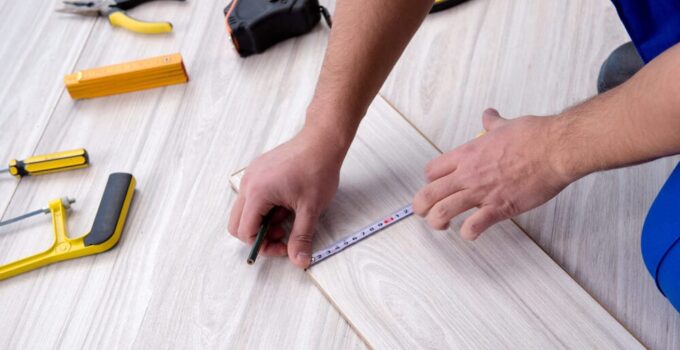One of the most uplifting elements of any room has to be the wooden flooring, and it is probably the most demanded feature any home renovator seeks. Installing wooden flooring might not seem like a difficult task, but it still leaves a lot of room for human error.
We will be discussing some of the most common rookie mistakes any homeowner could make when installing wooden flooring in their home. Following is a list of mistakes provided by ChestnutFlooring followed by an explanation of each:
- Purchasing low-cost materials
- Forgetting to level the flooring is a common blunder.
- Misjudging your level of skill
- No proper corner planning
- Making erroneous cuts
- Transition cutbacks are often overlooked.
- Incorrect racking
- Cupping and Warping
- Using the incorrect tools
Let’s read through and understand how each factor contributes towards being a rookie mistake.
1. Purchasing Low-Cost Materials
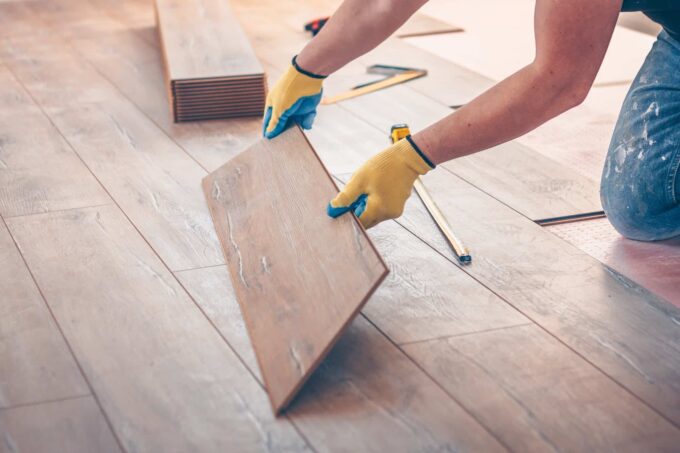
Source: futuristarchitecture.com
When picking out a flooring plan, you have to choose between lamination and hardwood – and high-quality materials for both styles do not come cheap. So if you want to create long-lasting wooden flooring, do your research and pick out materials that will match your criteria so that you can rest assured that you will not have to get it replaced anytime soon.
*We recommend going for hardwood as it is much more sturdy in comparison to lamination.
2. Forgetting To Level The Flooring Is A Common Blunder
Before installing either vinyl flooring or hardwood flooring, it is crucial that you flatten out the floor surface. You may end up with flooring with spaces between the planks and board, which might create squeaking noise when you walk on them if you omit this step.
Make sure to place a long bubble level on the flooring to see if they’re level. Then, span over several areas with your level, checking for any humps or dips.
3. Misjudging Your Level Of Skill
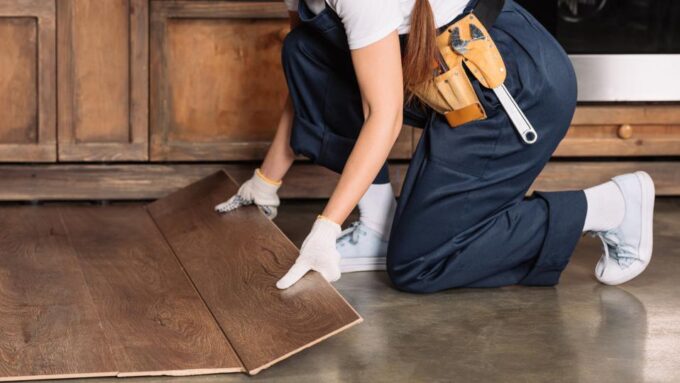
Source: forbes.com
It is not uncommon knowledge that labor does not come cheap, and it might be an added cost when installing wooden flooring. However, this doesn’t mean you make it your responsibility to get the job done. If you do not have the time to do appropriate research and understand all the nitty-gritty details involved in the installation plan, you should let an expert do the job.
This way, you can have peace of mind that the process will be done in a specialized manner compared to you doing it yourself. There are several mistakes you can make, which might result in material wastage and improper fitting.
4. No Proper Corner Planning
A common rookie mistake you might make is not planning correctly according to the corners of the floor. It might be an easy fix with vinyl flooring, but the outcome could be disastrous if you selected hardwood material, as you will have to get the rest of the planks plucked out in order to fit a corner piece. In contrast, with vinyl flooring, you remove the pieces as they are removable and install smaller planks that eventually reach the corners.
5. Making Erroneous Cuts
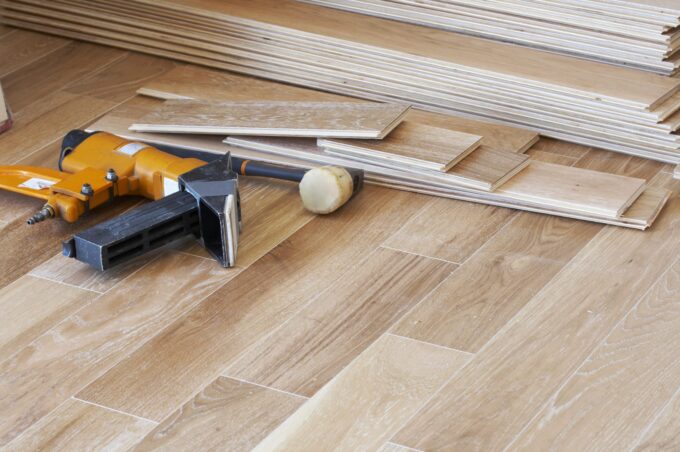
Source: flooringstores.com
One reason you would require an additional 10% to 15% of material is to compensate for mistakes in cutting. It will occur, but you can decrease the frequency by utilizing the right tools. Carefully measure from the edge of the plank, not the tongue, and always mark the scrap side so you identify how the piece would fit. This is a requirement for both lamination and hardwood flooring, so please keep this in mind whenever you take the job into your own hands.
6. Transition Cuts Are Often Overlooked
One reason why your floor installation might not go according to plan is due to forgetting transition cuts which are crucial in connecting two different spaces. The transition pieces require gluing or nailing so that they remain intact and make the floor sturdy and robust.
Have you ever felt an unnecessary movement of the planks or any sort of buckling? Missing transition pieces is the reason why; hence, make sure you use them to avoid such problems.
7. Incorrect Racking
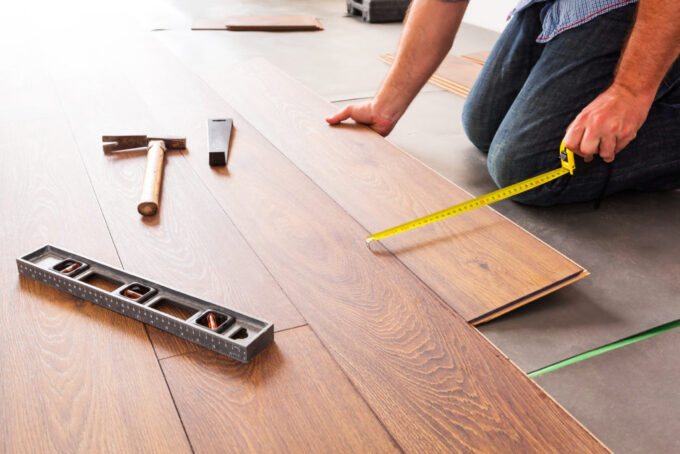
Source: flooringstores.com
To craft an aesthetic and attractive floor, it is crucial that you keep in mind the design and placement of the wooden planks or vinyl strips. A specific color contrast will showcase once the process is complete, and if there is improper racking, the theme would not be as eye-catching as it could be. Additionally, another drawback of poor racking would be several joints adjusted in one specific area, which will further ruin the eye-catchiness of the floor.
8. Cupping and Warping
Before beginning the installation procedure, it is critical to evaluate the relative humidity levels of the environment area. It must be somewhere between 35 to 50 percent. Next, check the moisture content of the plywood subfloor, which should be between 10 percent and 12 percent.
Most importantly, you should examine the wood floor’s moisture content; it ought to be under 9% and not less than 7%. Pieces of wood expand when they are wet, and they compress when they are dry. Issues will undoubtedly emerge if boards are placed in settings that lie on either end of this spectrum.
9. Using The Incorrect Tools

Source: allamericanflooring.net
This is another crucial element every renovator needs to factor in; if you end up using low-quality or worn-out tools, your expensive materials will not get the handling they warrant. Poor quality materials will make the task much more difficult and result in unnecessary wastage. We highly recommend you go the extra mile as it will benefit you in the long run. Make sure you do your research and use proper tools to create great-looking and well-installed flooring.
THE BOTTOM LINE!
Considering the discussion above, every individual thinking of renovating their floor by themselves or getting it done through an expert must keep each point in mind to avoid rookie mistakes that might result in poorly created flooring.
Take your time and do not rush the process as it will cause undesirable human errors, causing material wastage, and other problems.

